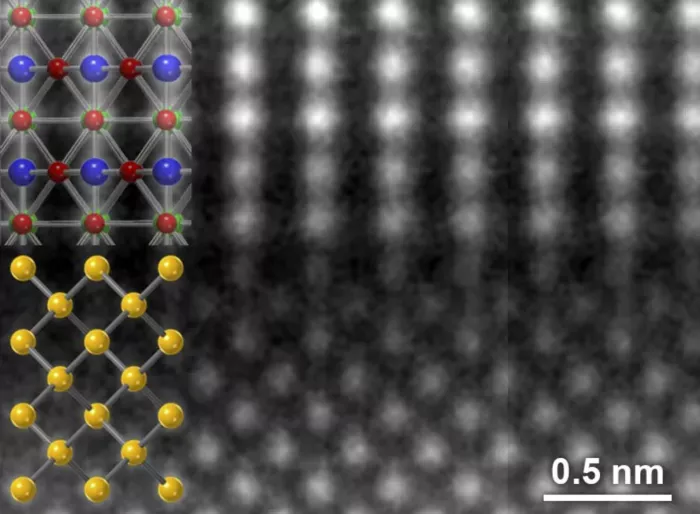When investigating the properties of a semiconductor combined with a new oxide sheet, a research team found an unexpected new source of conductivity, the trapped oxygen atom Scott chambers, a materials scientist at the Northwest Pacific National Laboratory of the Department of energy, revealed the team's findings at the 2022 spring meeting of the American Physical Society. The results of the study are detailed in the journal Physical Review materials.
This discovery has far-reaching significance for understanding the function of oxide films in semiconductor design and manufacturing in the future. Specifically, semiconductors used in modern electronic products are divided into two basic types: n-type and p-type, depending on the electronic impurities introduced in the crystal formation process. Both n-type and p-type silicon-based materials are used in modern electronic devices. However, people have always been interested in developing new types of semiconductors. Scott chambers and his colleagues are experimenting with thin crystalline layers of germanium and lanthanum strontium zirconium titanium oxide (lszto).

Using hard X-ray photoelectron spectroscopy, these researchers found that when germanium is combined with a specific oxide material, the impurity oxygen atoms in germanium dominate the characteristics of the material system. It was a big surprise. The so-called "hard" X-rays produced by diamond light sources can penetrate materials and produce information about what is happening at the atomic level.
The researchers' explanation is that the oxygen impurities in germanium are responsible for a very interesting effect. The oxygen atoms near the interface donate electrons to the lszto film, resulting in holes or no electrons in Germanium in several atomic layers at the interface. These special holes lead to the behavior of completely eclipsing the semiconductor properties of n-type and p-type germanium in different samples. This is also a big surprise.

The interface, where thin-film oxides are combined with basic semiconductors, is where interesting semiconductor properties often appear. The challenge now is to learn how to control the fascinating and potentially useful electric fields formed at these interfaces by modifying the electric fields on the surface. Experiments conducted by researchers are exploring this possibility.
Although the samples used in this study are unlikely to have immediate commercial potential, the technical and scientific findings are expected to bring dividends over a longer period of time. New scientific knowledge will help materials scientists and physicists better understand how to design new semiconductor material systems with useful properties.